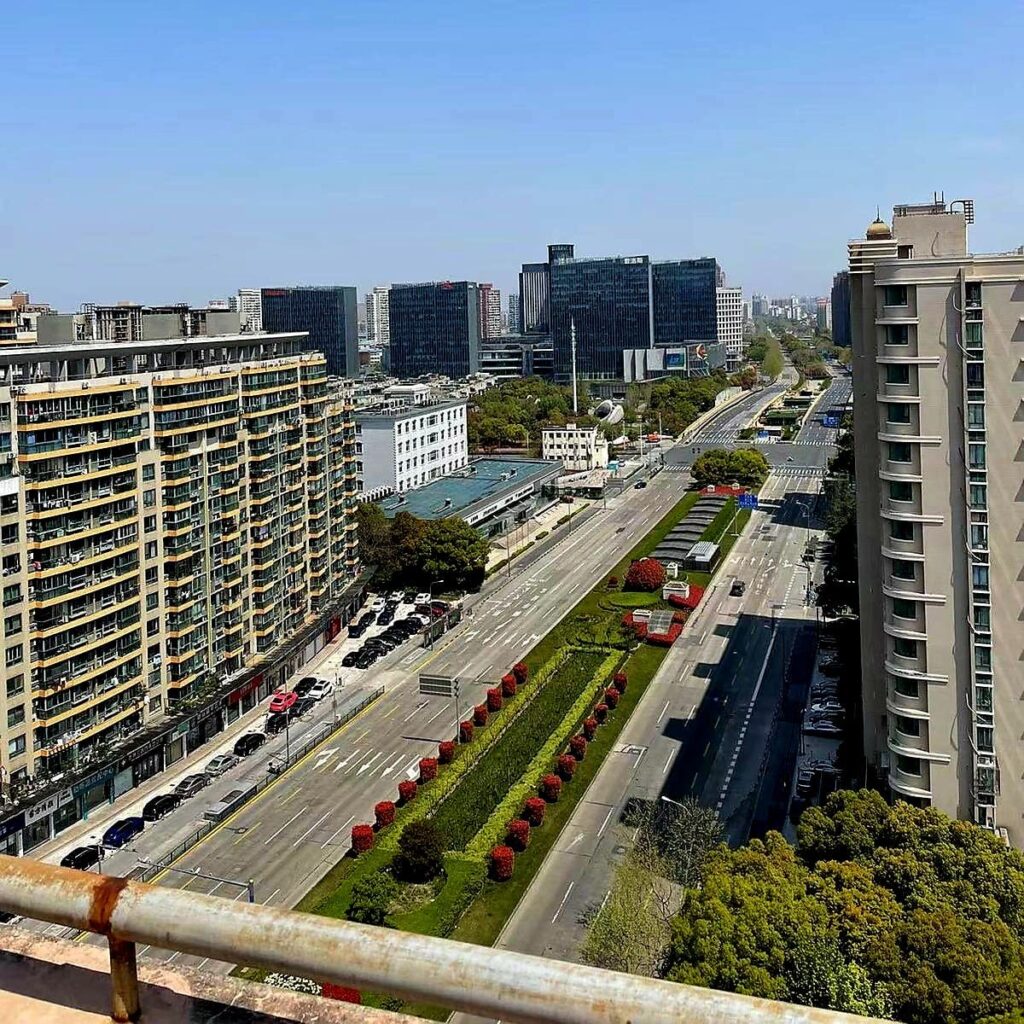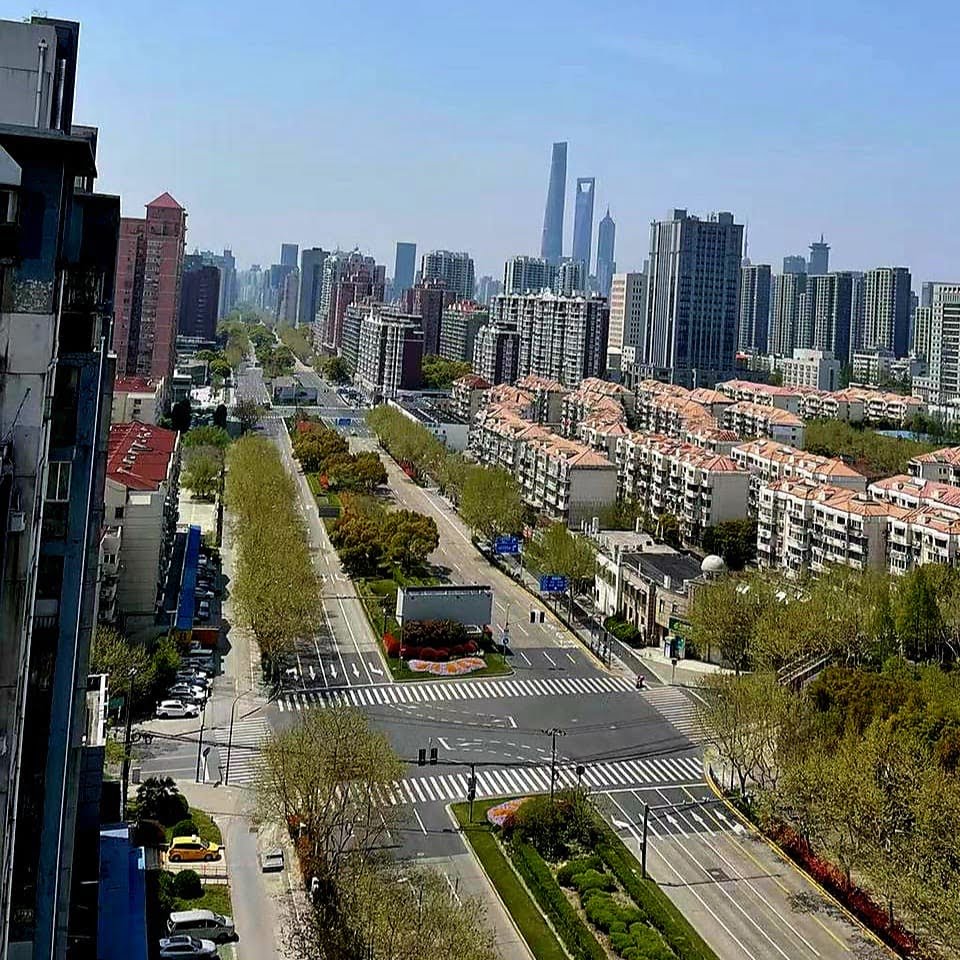On March 28, the urbanist city in China of Shanghai began to lockdown. As of now, all people continue to be quarantined at home, with schools and businesses closed.
During the extended quarantine of Shanghai, the number of infections has continued to climb. A few things about the gravity of the lockdown are worth noting.
First is the treatment of positive patients. In most countries, people with mild infections only need to be quarantined at home to wait for self-recovery. China differs from often countries as they have adopted centralized quarantine, which includes quarantine of close contacts.
After the outbreak, countless shelter hospitals were built in Shanghai, with some schools, office buildings, and stadiums were requisitioned to build shelter hospitals. Because the speed of construction could not keep up with the spread of the virus, many covid positive patients waited at home for more than a week for treatment and were later sent to shelter hospitals even after testing negative. Many patients even spend whole days in transfer cars because all the shelter hospitals are full.
The conditions of shelter hospitals are also very diverse. Some places have sufficient food supply, and the environment is very hygienic. However, the sanitary conditions of some hospitals are shocking. Hundreds of people share one restroom, and in severe cases, toilets may even be filled with excrement.
Next, it is important to dicsuss the lack of food, specifically outage of all packages and restaurant delivery. The government issued a statement on March 28th, which entailed the Pudong district being locked down from March 28th to April 1st. Remaining areas would be locked down from April 1st to April 5th. Many people stored food for four days as directed by the government, but Shanghai’s lockdown was not lifted by the fourth day.
The government distributes food and daily necessities to residents, but the food everyone received could not sustain a month-long confinement. Some open supermarkets began taking orders in the morning hours, but a community with tens of thousands of people can only take hundreds of orders, leaving most citizens with no way to order food.
As a result, some people spontaneously initiated group purchases, with a resident of the community as the leader, negotiating with food suppliers, and then ordering the food needed by the entire community, and then distributing them by themselves. In communities with few households, everyone can only rely on supermarket deliveries.
Lastly, non-COVID-19 patients have not been receiving adequate treatment. During the quarantine period, all citizens were unable to leave their homes, which led to the difficulty of seeing a doctor for patients with underlying diseases. There are many patients who need hemodialysis, chemotherapy, and surgery that cannot be treated in time.
For emergency patients, it is even more difficult, because hospitals need Covid PCR test reports within 24 hours before they can accept patients. There are some acutely ill patients, such as myocardial infarction, renal failure, etc., who died at the hospital gate because they were waiting for the PCR test report.
As April 21, Shanghai had been closed for 24 days, with the number of infected people beginning to slowly decline on April 17. The government declared that “Zero-Covid policy” must be implemented. It remains to be seen where Shanghai will go in the future.
Article by: Hannah Zhong







